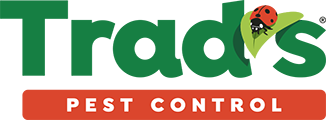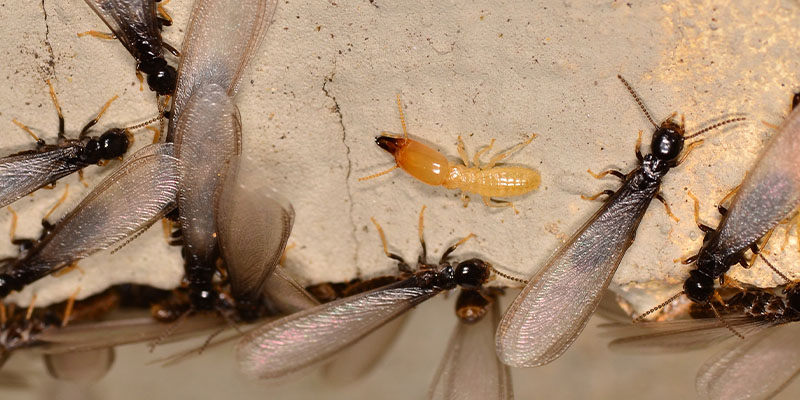Termites are a common and destructive pest that can cause significant and quite costly damage to homes. Many Jacksonville homeowners may think that they are safe from termite infestations if their house does not show any signs of termite activity. However, just one house on the block with termite activity can make neighboring homes vulnerable to infestations.
Neighbors Not Only Share Fences, but They also Share Termites
It’s said that fences make good neighbors. However, no fence will provide protection from pests, no matter how high or sturdy. These invasive creepy crawlies can get around, over, or under just about anything – including roofs and walls. With this in mind, let’s get into just how many homes can be vulnerable to termite problems when just one house on the block is infested and why it is essential to be proactive to prevent attracting these destructive insects.
How Termites Spread from House to House
Termites are social insects that live in large colonies, often underground. (In fact, the two most common species in Jacksonville are the Eastern Subterranean termite and the Florida Drywood termite.) Regardless of species, these colonies can contain thousands or even millions of termites, and they are always searching for new sources of food. When a termite colony finds a food source, such as a residential home, the insects will begin to feed on the wood and other cellulose-based materials in the home. As they feed, they leave behind a chemical trail called a pheromone trail, which attracts other termites to the food source.
If just one house on the block has termite activity, the pheromone trail can attract termites from neighboring homes. Termites can travel long distances to find food, and they can easily move from one house to another through cracks and crevices in the foundation, walls, and roof. Once they find a new food source, they will begin to feed and leave behind a new pheromone trail, attracting even more termites.
As more and more termites are attracted to the area, the likelihood of infestations in neighboring homes increases. Termites can cause significant damage to homes, including weakening the structure, damaging insulation, and compromising electrical wiring. The damage caused by termites can be very expensive to repair, and in some cases, it can be so severe that it requires the demolition and reconstruction of the home.
Preventing Termite Infestations
To prevent termite infestations, homeowners must be proactive. Regular termite inspections and treatments can help detect and address termite activity before it becomes more severe and spreads to neighboring homes. Homeowners should also take preventative measures such as reducing moisture levels in and around the home, sealing cracks and crevices, and removing any wood or cellulose-based materials that are in contact with the ground.
Putting all of this in a nutshell, it’s easy to see that just one house on the block with termite activity can make neighboring homes vulnerable to infestations. Termites are social insects that leave behind pheromone trails, which attract other termites to food sources.
To prevent termite infestations, homeowners must be proactive and take preventative measures to reduce the likelihood of termite activity. Regular termite inspections and treatments can help detect and address infestations before they become more severe and costly to repair. By being proactive, homeowners can protect their homes and prevent the spread of destructive termite infestations to their own residences and to neighboring properties.

